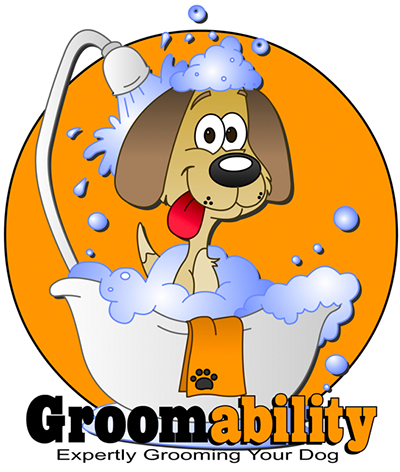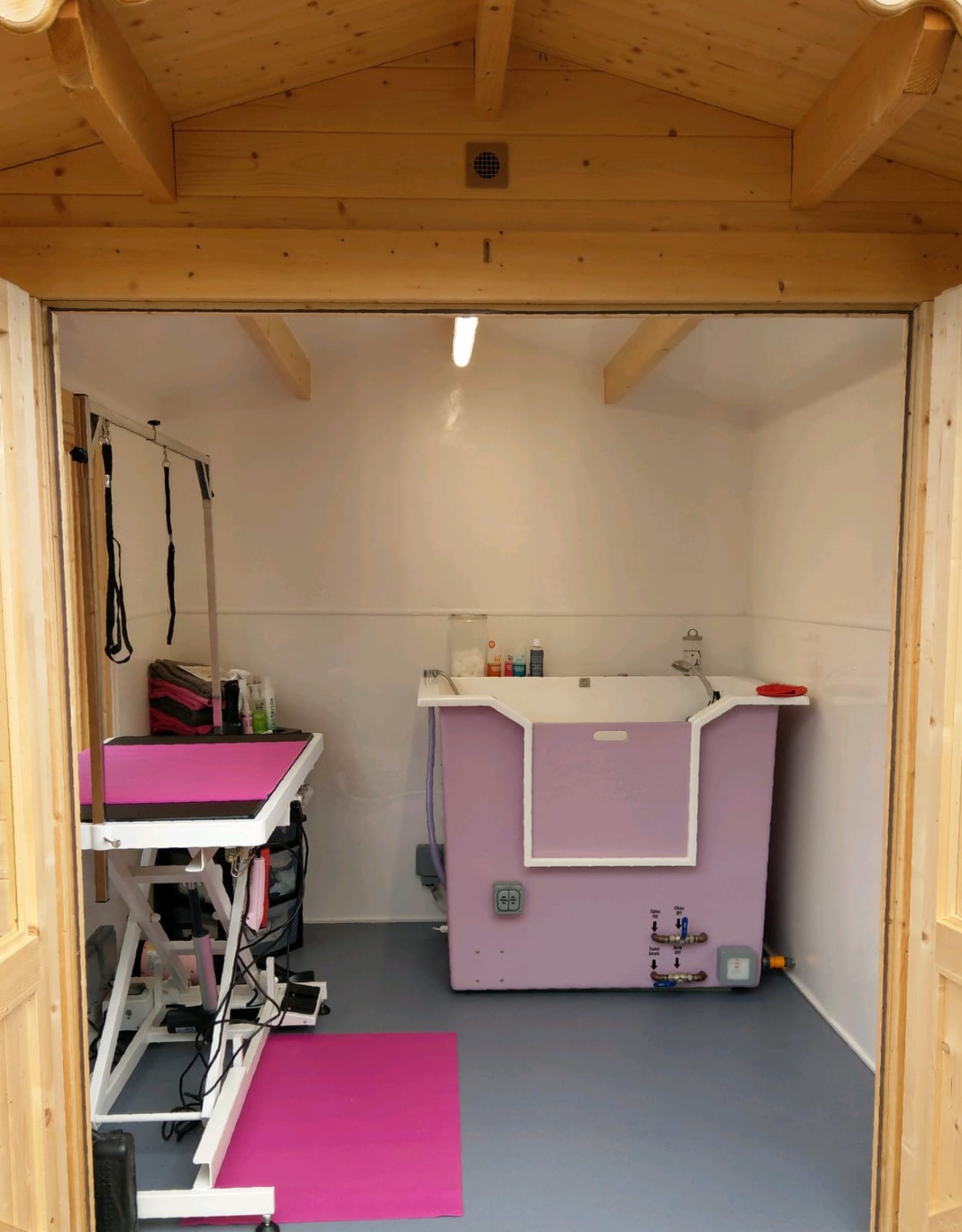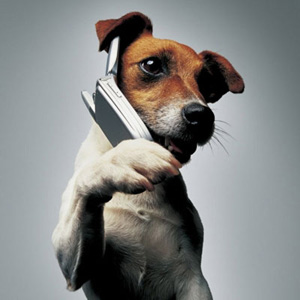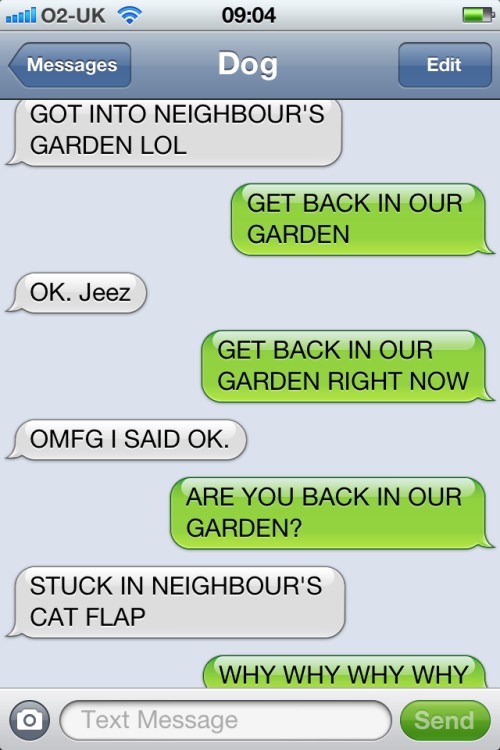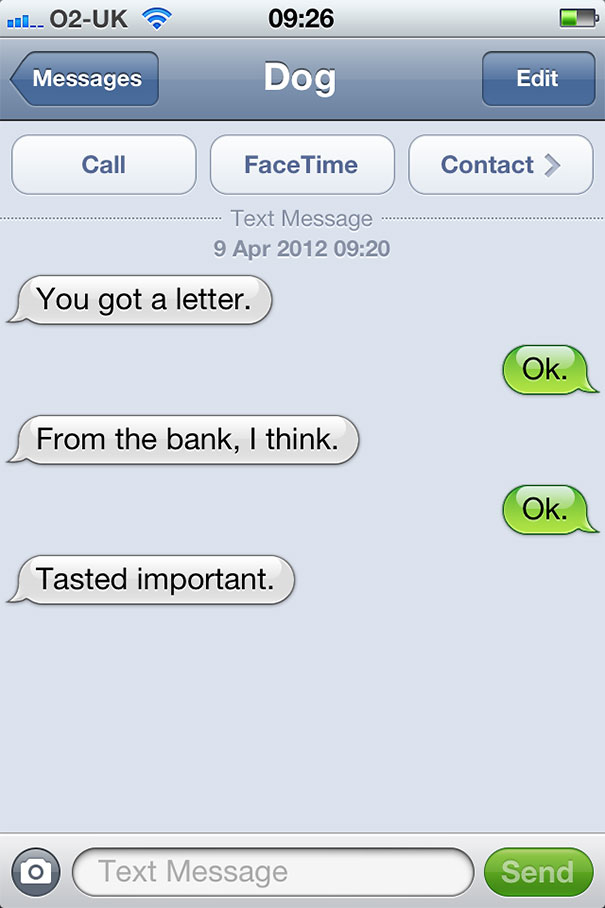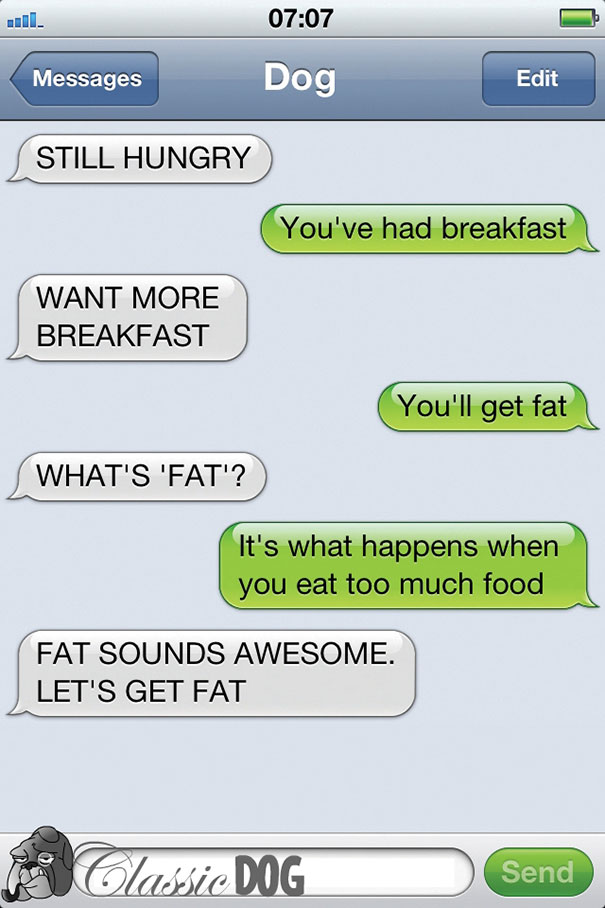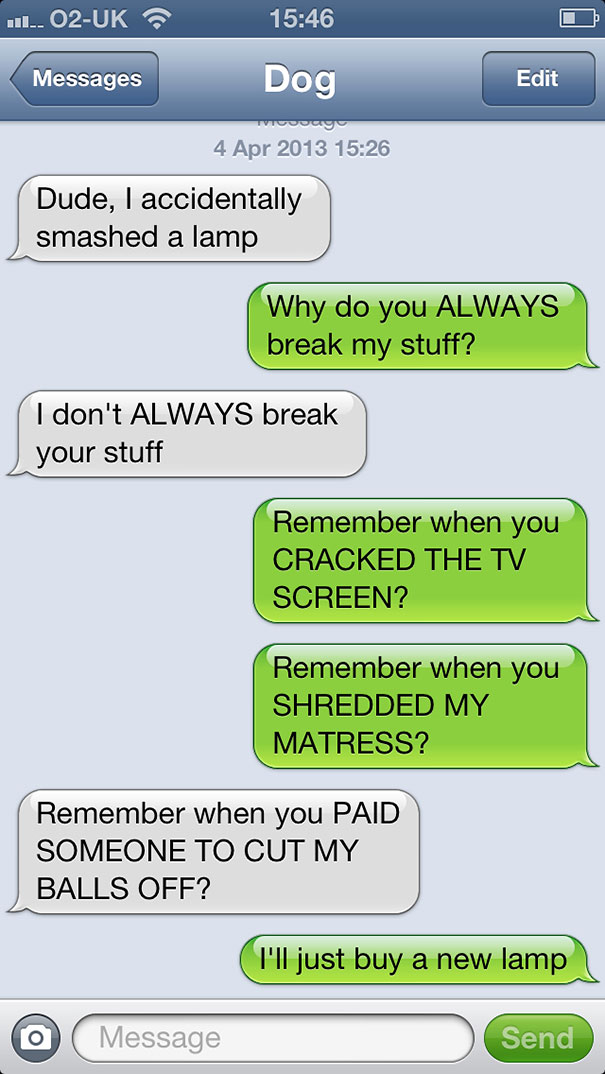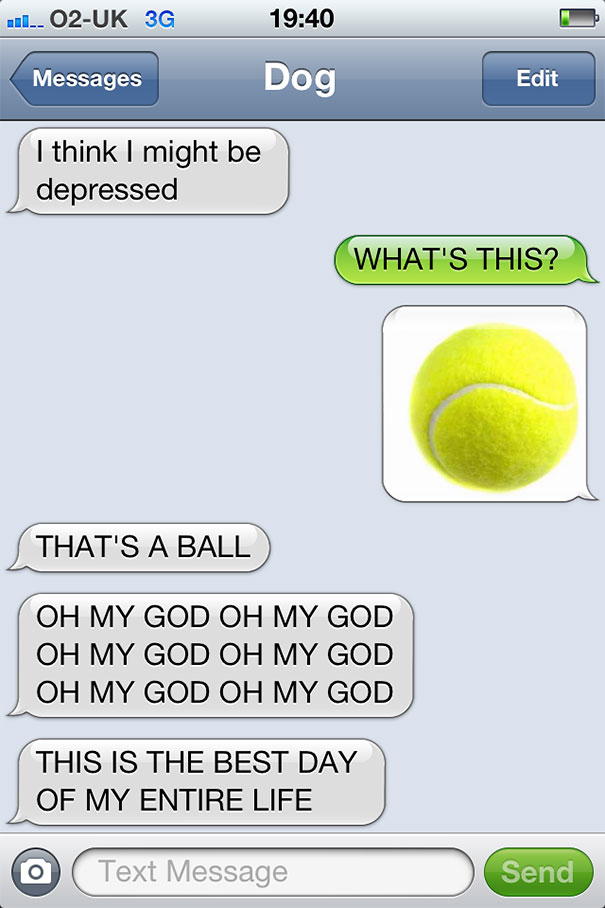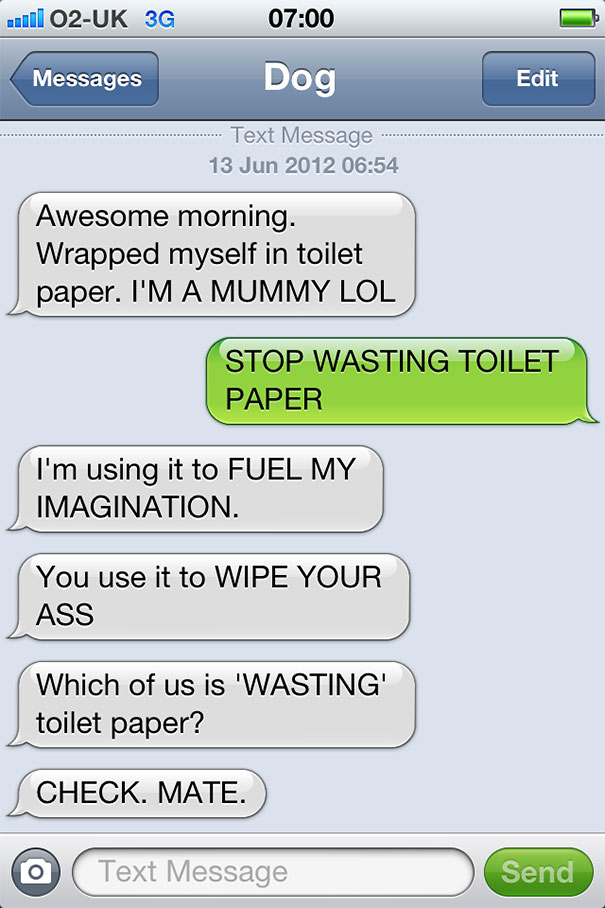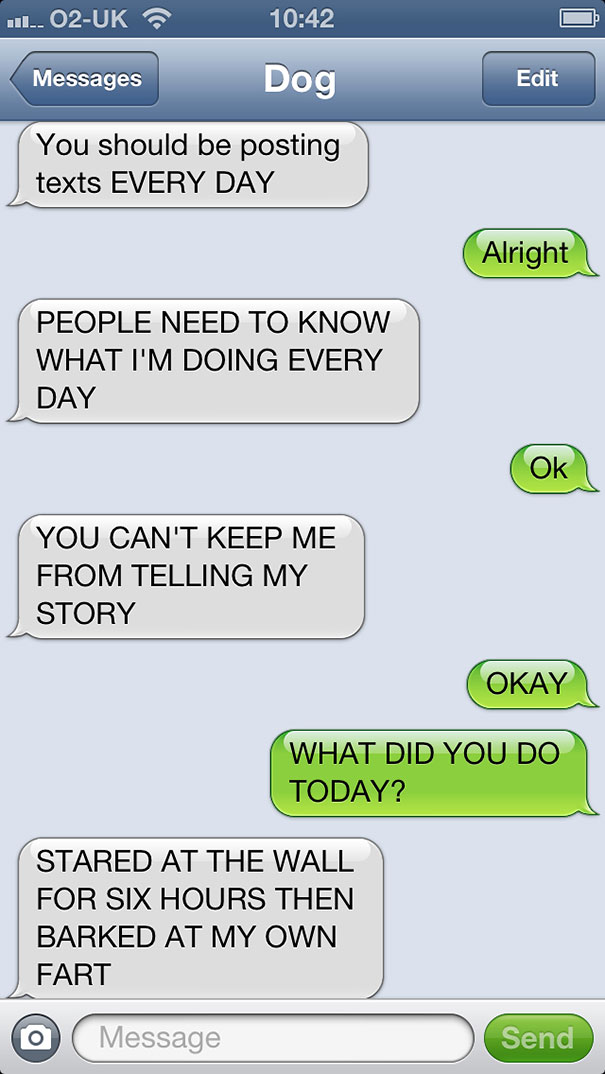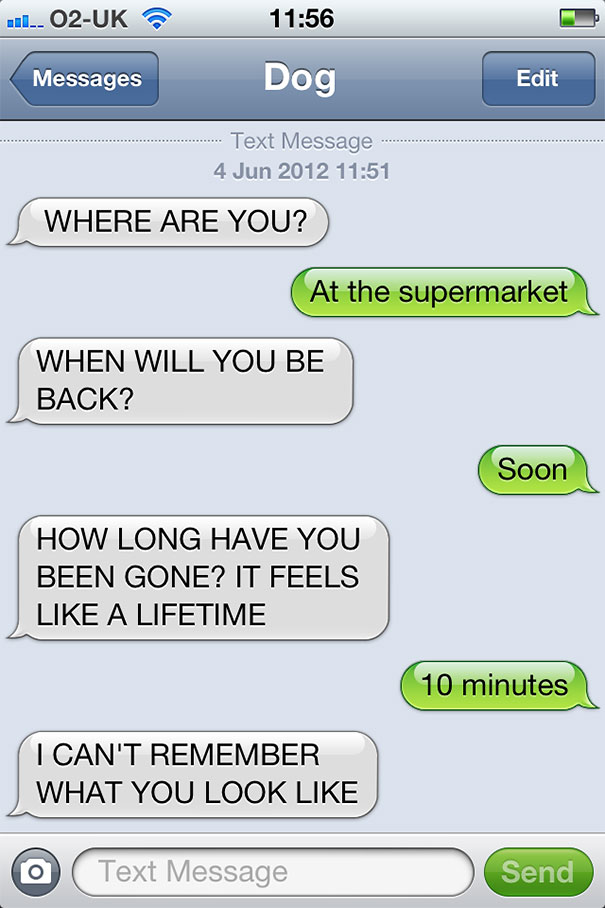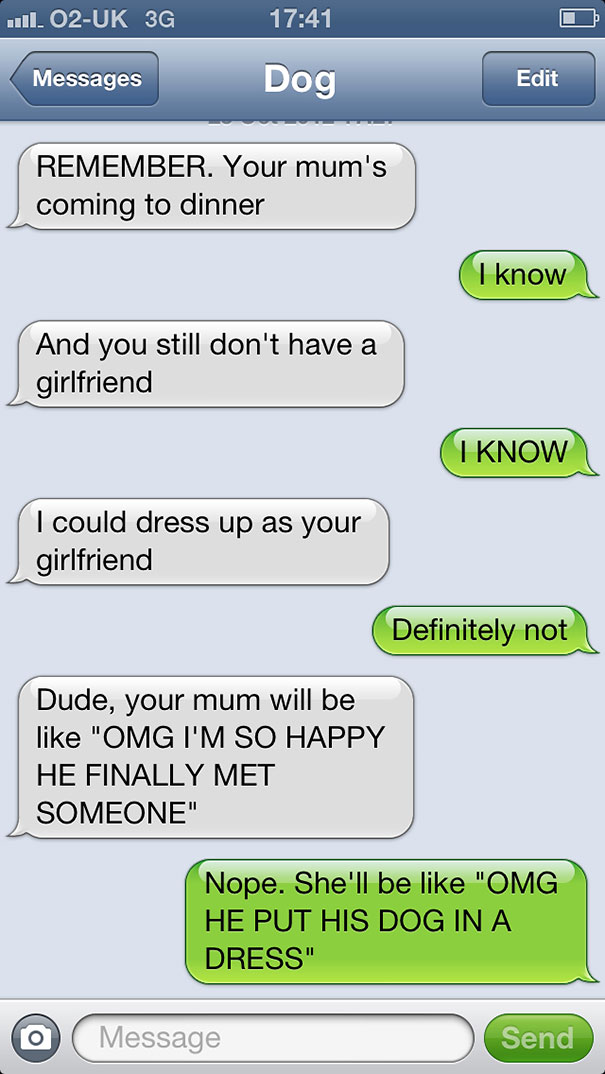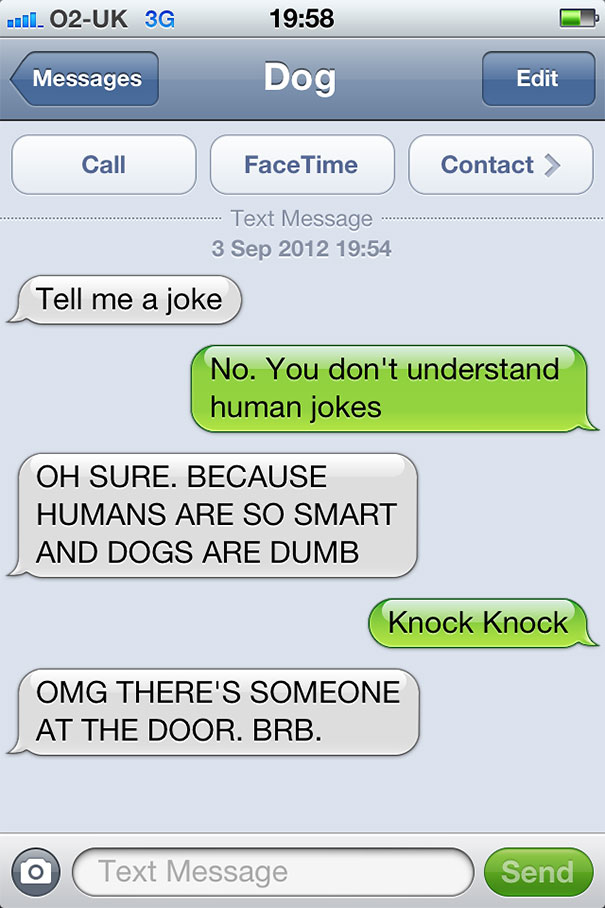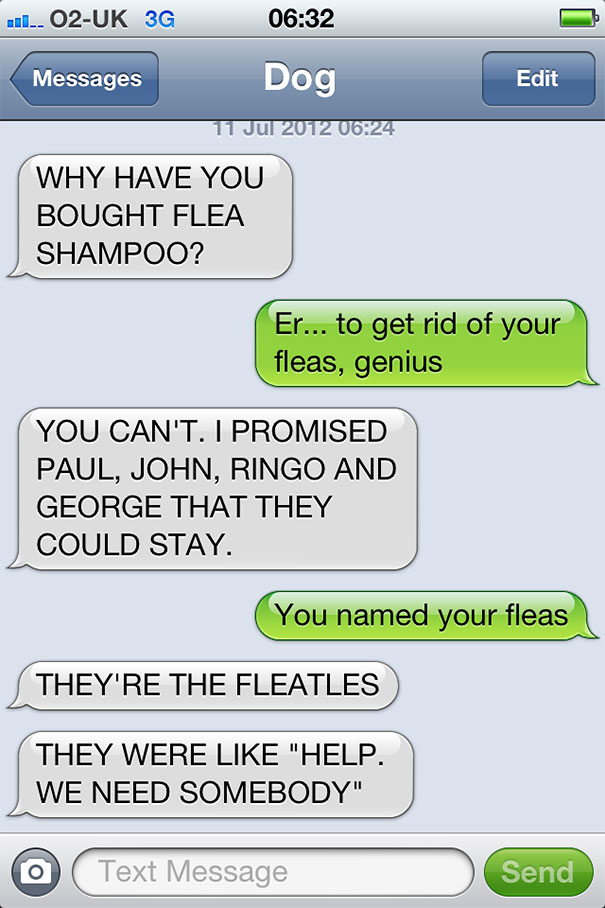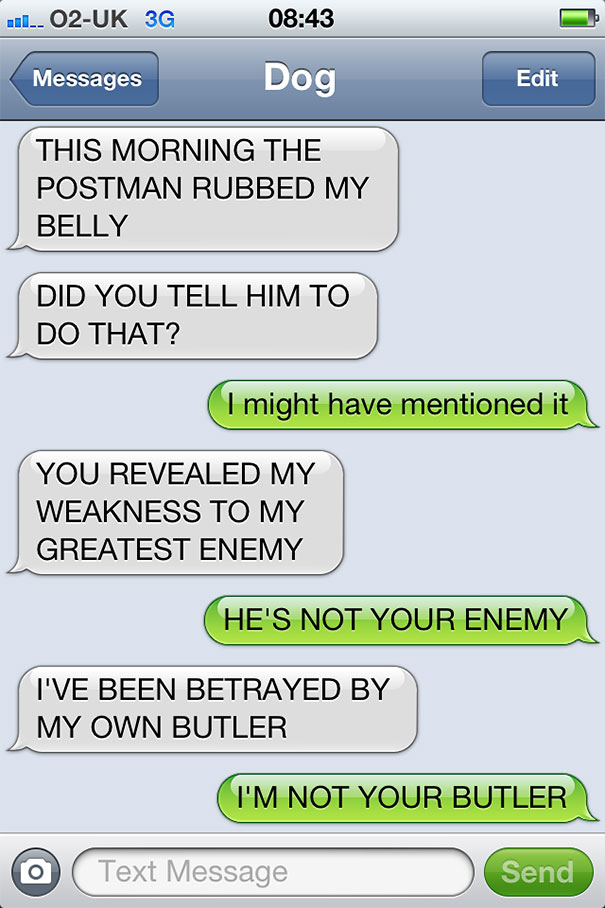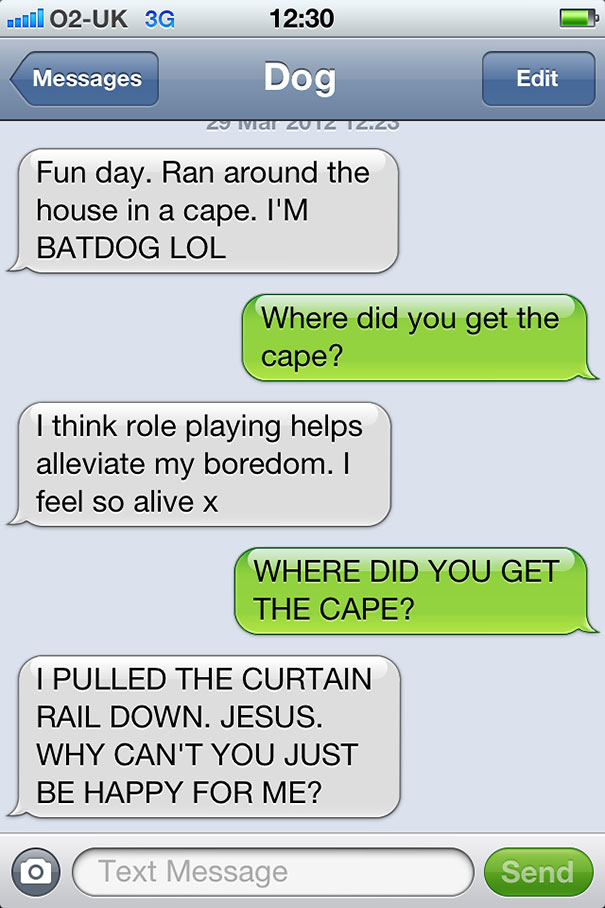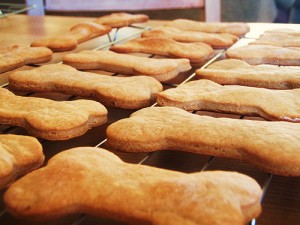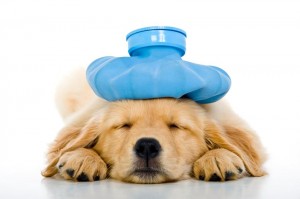 Everyone loves a good game of fetch with their dog. It’s perfect for getting exercise and having fun. But the downside to the game is that there is no thinking involved just a lot of running back and forth. So many games with dogs, from fetch to tug of war, don’t require them to do a whole lot of thinking. On the other hand, interactive brain games not only tire out your energetic dog, but they also defeat boredom, increase your dog’s confidence, and strengthen the bond between the two of you as you work together as a team. So many great activities that you can do with your dog are simply dog-versions of favorite kids’ games, all of which exercise the brain as much as the body.
Everyone loves a good game of fetch with their dog. It’s perfect for getting exercise and having fun. But the downside to the game is that there is no thinking involved just a lot of running back and forth. So many games with dogs, from fetch to tug of war, don’t require them to do a whole lot of thinking. On the other hand, interactive brain games not only tire out your energetic dog, but they also defeat boredom, increase your dog’s confidence, and strengthen the bond between the two of you as you work together as a team. So many great activities that you can do with your dog are simply dog-versions of favorite kids’ games, all of which exercise the brain as much as the body.
Here are some ideas to get you started :
Treasure Hunt
Getting your dog to use his nose to find hidden treasure is a great way to stimulate his brain and teach him to use all his senses. Starting out, you’ll want to set your dog up for success so he understands the game and doesn’t get too discouraged. Begin with something simple. Put your dog in a sit, stay, and hide a treat or favourite toy somewhere obvious, even letting him watch you hide it. Then give him the release cue to go find the toy. Reward your dog big time for his success in finding the hidden treasure.
Once your dog understands the game, ramp up the difficulty. Hide the treat or toy in another room, or some place where other scents mask the treat or toy, like the bottom of the laundry bin or under the food dish. You can also make the game really hard by using cardboard boxes. Set up 10-20 cardboard boxes of different sizes and, without your dog seeing, place the reward in only one box. Let your dog investigate
all of them and provide the reward or a jackpot treat when he selects the correct box. There are so many variations on this game that it will have the two of you playing different versions for years to come.
Hide-and-Go-Seek
Boost the excitement and reward level of the popular treasure hunt game by being the treasure your dog is tasked to find. You’ll need to play this with at least two people. One person gives the dog the sit, stay cue and distracts him while the other person hides, then gives the release cue for the dog to start looking. This game works wonderfully both indoors and outdoors, and is a fun way to spend a rainy afternoon with your dog.
Shell Game
If your dog is the betting type, he’ll love this game. Even if he isn’t, he’ll love it because there are treats involved. The shell game is simple, but really challenging. Take two plastic opaque cups and turn them over. With your dog watching, place a treat under a cup. Give your dog the cue to come turn over the cup and get the treat. Do this eight or 10 times, letting your dog really understand the game. Then alternate which cup you place the treat under. When your dog selects the correct cup, let him have the treat. If he doesn’t select the correct cup (and that will happen, even when he sees you placing the treat under the cup), show him the treat under the correct cup but don’t let him have it. Keep him watching which cup you place the treat under so he can guess the right cup. It sounds easy to us, but for many dogs, this requires some serious thinking.
If your dog masters this, it’s time to challenge him even more. Place a treat under the left cup, then slide the cups to switch places, so that the cup with the treat is now on your right. Release your dog to find the treat. If your dog selects the correct cup, give him the treat. If your dog doesn’t select the correct cup, show him the treat but don’t let him have it. Keep repeating this and see if your dog can figure out the trick. Some dogs may never quite get how the treat magically switches sides, this is a tough game using visual tracking, and not all dogs make the connection. But if your dog does, bump up the challenge even more by swapping sides randomly. See if he can use his eyes, nose and thinking skills to find the treat after the old switcheroo. Very few dogs will make it to this stage, so don’t be discouraged if your dog isn’t a whiz at the shell game.
New Trick
An activity that boosts your dog’s creativity is the “new trick” game. It’s a popular game in clicker training because it teaches a dog to think independently, coming up with his own ideas about what behavior earns a reward. The premise is simple: click and treat for a new behavior offered by your dog, and ignore a behavior already offered. A typical game between me and my dog looks like this: I say “new trick” and my dog sits. I click and treat, then say “new trick” again. My dog lies down. Click and treat. I say “new trick” and my dog stands and turns in a circle. Click and treat. I say “new trick” and my dog goes and gets a toy and brings it to me. Click and treat. If when I say “new trick” my dog does something again, such as sits or brings me another toy, I tell him, “You already did that” and don’t offer a reward. He then comes up with something new instead and is rewarded. Our rounds of this game can sometimes last 30 or 40 minutes.
When you first try this game with your dog, especially if your dog isn’t used to clicker training for shaping behavior, then start simple. The slightest new thing can earn a treat. For example, set a box next to your dog. Click and treat your dog for looking at the box, for touching it with a paw, for touching it with his nose, for stepping on it, for walking around it, for just about any vague interaction with the box. But don’t reward the same action twice. Your dog touching the box with his nose earns a reward once, but the second time earns nothing. Once your dog gets the grasp of the game, expand it to other behaviors like sit, down, crawl, spin, sit up, and so on. Pretty soon, your dog will be going through your entire repertoire of tricks and coming up with new ones just to earn that treat for creative thinking.
Hot and Cold
The hot and cold game is also ideal for clicker training since it follows the basics of shaping a new behavior. It’s great for brainy dogs who don’t get frustrated too easily. And all you have to do is sit on the couch and say “hot” or “cold” and toss treats. How easy is that! Basically all you do is come up with something you want your dog to do. It can be anything — maybe you notice your keys on the floor and you want your dog to go pick them up and bring them to you. Simply kick back with your bag of treats, and any time the dog makes a move that edges them closer to the keys, say “hot” with enthusiasm and toss a treat to the dog where they are. If your dog moves away from the chosen goal, quietly say “cold.” If they move back toward the chosen goal, excitedly say “hot!” and toss a treat. You can get your dog to go touch the doorknob on the other side of the room, grab a blanket from the couch, or pretty much any behavior you can think of.
52-Toy Pickup
Cleaning up has never been so fun! To get your dog understanding the game, you’ll want to start with “drop it.” Getting your dog to drop a toy on command is a key component to getting him to the next step of dropping it in a particular location. After you have a solid drop-it, start shaping your dog to dropping toys in a basket or box. Click and treat stages of the behavior a little at a time, such as your dog heading toward the basket with the toy, or dropping the toy near the basket. Anything that leads closer to the behavior of dropping the toy in the basket. Eventually, your dog will understand that a command like “put it away” means to grab a toy and take it to the basket, drop it in, and leave it there.
After this part is mastered, build up to the number of toys your dog picks up. Start with rewarding your dog each time he puts a toy away. Then reward him only after he puts away two toys, then only after three toys and so on. Eventually, the reward will only come when every toy is put away, and you’ll have a dog running around the room finding every toy as quickly as he can in order to win that wonderful jackpot reward of a handful of treats.
Just remember, it takes time to build up to this, and the journey is all part of the game, so have patience. It took me quite a few clicker sessions with my dog before he finally got the “put it away” game down, but watching him figure things out was all part of the fun. Note in the video below that I don’t say much of anything while my dog is figuring out what to do. I let him continue to try, continue to work out for himself the puzzle of what’s being asked, and reward him when he gets it right (or nearly right). Silence, or just a tiny bit of encouragement when your dog gets frustrated, goes a long way in helping a dog figure out the trick quickly while also gaining confidence.
The Name Game
So your dog can put toys away, but can he put toys away by name? A great game to play with your dog is teaching him the name of specific toys, and then sending him to go get that particular toy. There are dogs famous for their vocabulary, so even the most stubborn of dogs can learn the names of at least a couple of toys. It just takes a lot (a lot!) of repetition to hammer home the name. One way to get started is to hold a toy, say its name, let your dog grab it, then reward your dog for grabbing the toy. Let’s say it’s a rubber tug toy named Tug. Hold Tug in one hand, say “Tug,” let your dog grab Tug, and give a reward. Repeat this 20 or 30 times. Then set Tug next to a very different toy of equal value, like a rope toy named Rope. Say “Tug” to your dog and if your dog selects Tug, give a reward. If your dog doesn’t select Tug but selects Rope instead, say nothing but place Rope back next to Tug. Say “Tug” again and let your dog choose. Once your dog is consistently selecting Tug, place it next to another different toy, and repeat the steps until your dog is always choosing Tug over other toys of equal value.
Once your dog is successful with one toy’s name, start the whole process over with a different toy, like Rope. Hold Rope, say “Rope,” let your dog grab Rope, and give a reward, repeating this 20 or 30 times. Set Rope next to a different toy (but not the first toy, Tug), say “Rope,” and only reward your dog when they select Rope. Say nothing if he selects the other toy, but return it next to Rope and try again. Keep repeating until you have the same consistent success that your dog had with Tug.
Once you’ve established Rope and Tug and your dog knows the names of these two toys, it’s time for a test. Place Rope and Tug next to each other, and ask for Tug. Reward only if your dog chooses Tug. Keep trying until your dog is successful a few times, then switch to asking for Rope. When your dog has this down, consistently selecting the toy you ask for, you’re ready to take the test farther by adding in a few more unnamed toys. See if your dog can pick out Tug or Rope from the small pile. If you have success with two toys, then keep the process going for more toys. Who knows how many your dog will learn!
